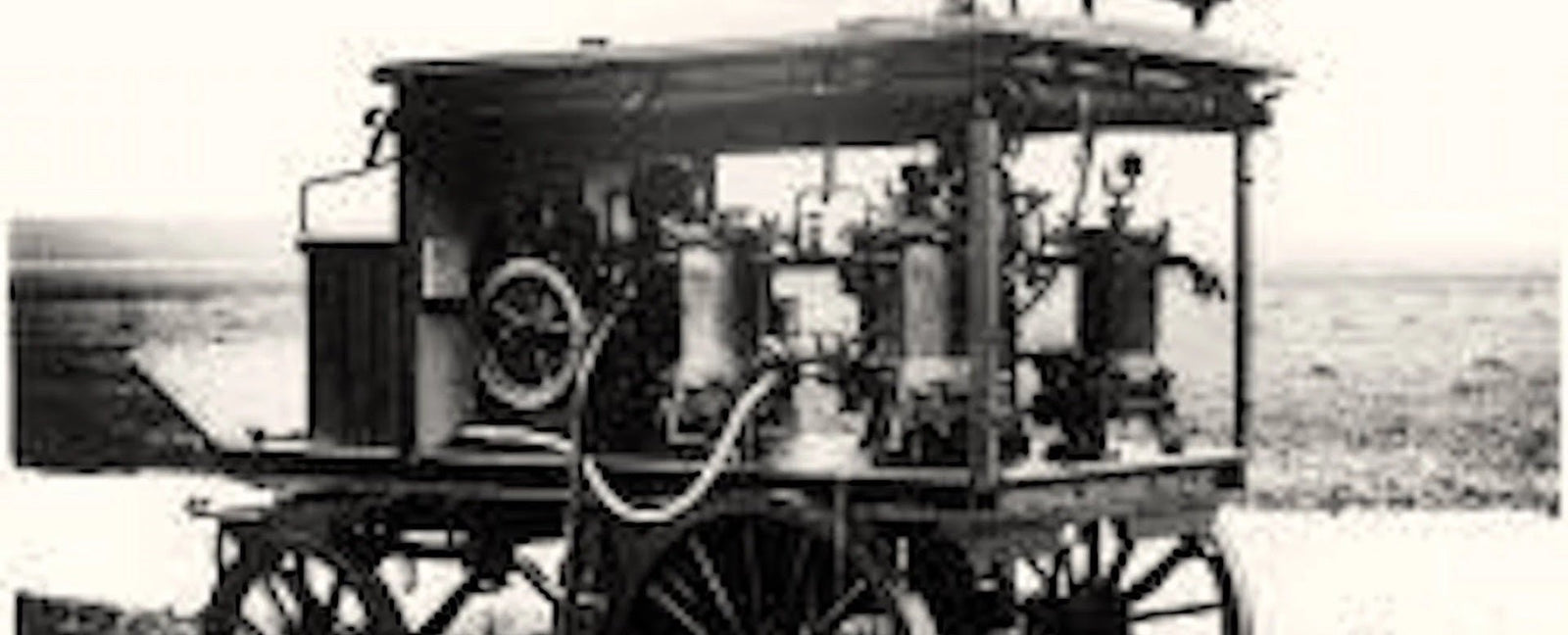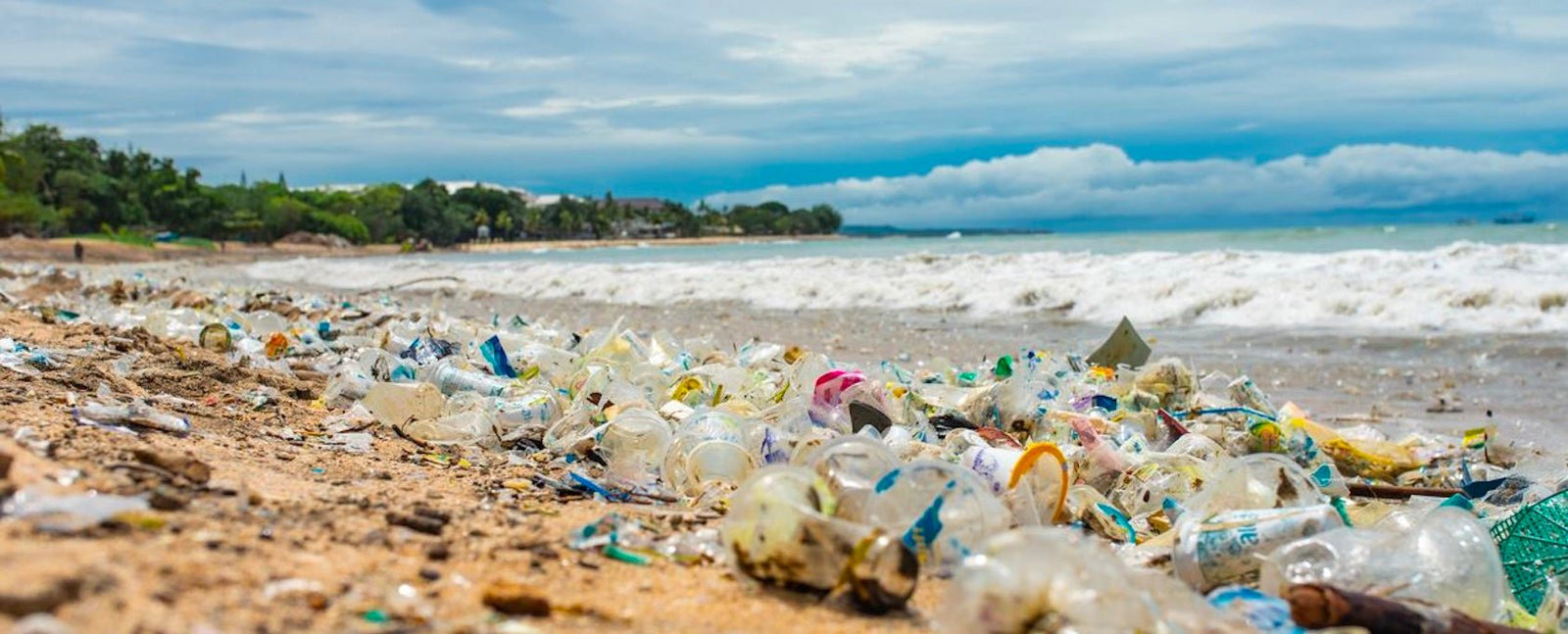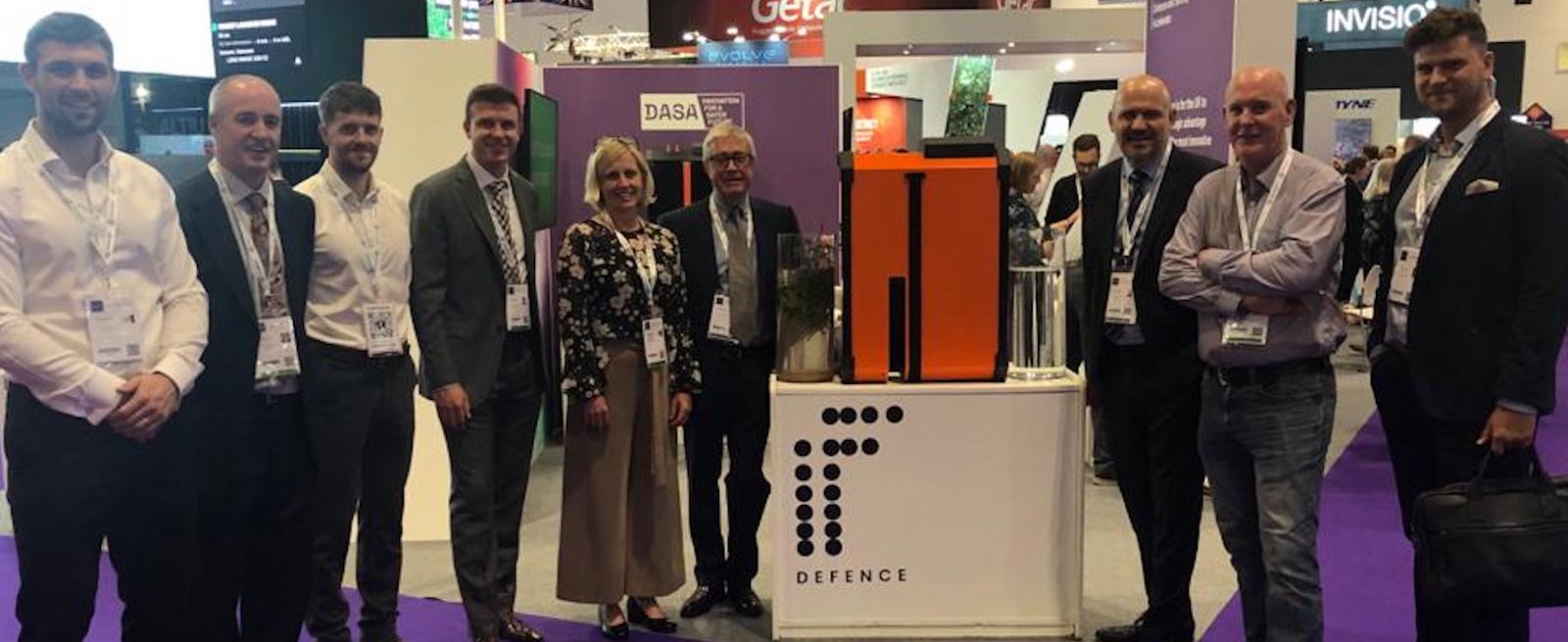
Why has nothing changed in water purification for 100 years
by Sonya Mathews June 08, 2021 5 min read
Scottish innovation building on the shoulders of giants
The first municipal water treatment plant was built in Scotland in 1804, though water treatment methods have been recorded as far back as 2000 BC. The significance of clean water was widely known, even if the means of purification had yet to be discovered. Broadly there were three methods of water purification: transportation, additives and filtration. The Assyrians and later the Romans constructed aqueducts to transport clean water to cities. In 1500 BC The Egyptians determined that adding alum to water suspended particle settlement : the first principle of coagulation. The Greek physician Hippocrates invented the bag filter in 500 BC in order to catch bad tasting sediments.
Pure didn't always mean 'Pure'
Historical water purification was primarily concerned with creating better tasting drinking water. It wasn’t until 1854 when cholera was discovered to be transmissible through water that water borne illnesses became a major consideration. (Tulchinsky) The addition of disinfectants was hailed as a great success in water purification as the incidents of diseases like typhoid greatly reduced in areas served by chlorinated water. It was later discovered that the byproducts of disinfectant can cause harmful effects on the human body as well as on water treatment systems.
In the past one hundred years there has been a shift from concern about water-borne illnesses to harmful or disease-causing microorganisms. Access to safe, clean drinking water has become a human right enshrined in law, and governments now regulate public water. (UN) Radical change has occurred in how water treatment is considered, but the challenges of carrying it out are much the same as they have been for centuries. Removing contaminants from water and preserving the purity of water while transporting it to the consumer are still the primary concerns. The distance and quantities required have shifted drastically, however. "The exploding urban population growth creates unprecedented challenges, among which provision for water and sanitation have been the most pressing and painfully felt when lacking." (UN)
Why change is needed for the future
With the increase in population size and the rise of chemical pollutants, water purification is still largely on the back footing in terms of capability, and very few changes have occurred in the past 100 years despite extreme environmental changes.
Technological development in water purification has not kept pace with societal expansion. While improvements have been made, the ability of the current purification approaches are not capable of producing safe, potable water for enough people.

Distance is effecting water quality
The further away the water is from the consumer, the more it has to travel through treatment systems, and the more potential adverse effects there are of microorganisms. There are also more places for damage or breakdowns to occur, thus allowing further contaminants into the system.

"Since 1950, the world’s urban population has risen almost six-fold, from 751 million to 4.2 billion in 2018." (World Economic Forum) Most of these people live in cities, which have grown extensively to accomodate the increasing population. Water sources have not grown or moved, so new ones must be sought and secured in much more distant locations, along with the space between the water and the consumer.

Playing catch-up isn't an option
We have effectively been playing catch-up with water treatment and purification for centuries. The discovery of waterborne illnesses occurred far after diseases like cholera and typhoid had become commonplace. In the previous century the discovery of microplastics in the water systems came long after they began to be spread. Emerging pollutants in the environment are a continuing challenge for water treatment and their potential impact is unknown. "Emerging pollutants (EPs) are defined as synthetic or naturally occurring chemicals that are not commonly monitored in the environment but which have the potential to enter the environment and cause known or suspected adverse ecological and (or) human health effects." (Geissen)
Manufacturing and agriculture are the two largest contributors of these emerging pollutants, the health affects of which are unknown. A largely unregulated maelstrom of technological and chemical development is occurring in areas directly affecting water supplies. Much research must be carried out in order to determine the effects of these contaminants on humans. Research takes time to properly conduct, during which time water treatment facilities can only monitor and screen for potential EPs.
This has been the approach for a century- to develop broad spectrum technology that addresses a type of contamination and then increase and improve it when new contaminants are discovered. But this means that water treatment is constantly on the back foot in terms of the content of water sources, and what effects these contaminants and the current treatment practices will have on human health and the environment.
What Covid has shown in stark contrast
The COVID-19 pandemic has laid bare the stark realities of unequal access to safe, clean water. The primary recommendation for staying safe against a viral disease is regular handwashing. But huge swathes of the population have no access to clean water, and no ability to access infrastructure to change this.
Safe water and sanitation were recognized as human rights in 2010. The UN"...recognizesthe right to safe and clean drinking water and sanitation as ahuman right that is essential for the full enjoyment of life and all human right" (UN Resolution) However, progress towards realizing these rights and creating access to them has been slow. People living in remote or undeveloped areas, crowded slums and refugee camps are particularly susceptible to the dangers of unreliable water supply.

Approaches to water purification have not changed in over a hundred years. Technology is still playing catch-up, and most of the world does not have access to safe, clean water. The contaminants and the scale of the pollution have changed dramatically, and what is needed now is a dramatic solution.
Current systems of water purification are limited in capability or are incredibly technically complex. They are available only in affluent areas and are incredibly expensive to maintain and improve.
Our breakthrough in purification technology
Novus wants to break the water wheel, so to speak, and create a new water purification technology that does not play catch-up. One that will be make it so people with even access to unreliable or dangerous water can transform it into a safe and potable resource with limited technical requirements.
Research:
https://www.un.org/en/ga/search/view_doc.asp?symbol=A/RES/64/292https://www.un.org/waterforlifedecade/water_cities.shtml
https://www.weforum.org/agenda/2019/09/mapped-the-dramatic-global-rise-of-urbanization-1950-2020/
https://journals.sagepub.com/doi/pdf/10.1243/PIME_PROC_1916_090_015_02
https://journals.sagepub.com/doi/pdf/10.1243/PIME_PROC_1909_076_009_02
https://journals.sagepub.com/doi/pdf/10.1177/146642401003100703
US Population Density Research
https://scholar.princeton.edu/sites/default/files/lboustan/files/research21_urban_handbook.pdf
London population density research
https://www.theguardian.com/cities/2014/may/15/the-evolution-of-london-the-citys-near-2000-year-history-mapped
Ethiopia population density research:
https://www.sciencedirect.com/science/article/pii/S2226585618301353
Theodore H. Tulchinsky, Chapter 5 - John Snow, Cholera, the Broad Street Pump; Waterborne Diseases Then and Now, Editor(s): Theodore H. Tulchinsky,
Case Studies in Public Health, Academic Press, 2018, Pages 77-99
Violette Geissen, Hans Mol, Erwin Klumpp, Günter Umlauf, Marti Nadal, Martine van der Ploeg, Sjoerd E.A.T.M. van de Zee, Coen J. Ritsema, Emerging pollutants in the environment: A challenge for water resource management, International Soil and Water Conservation Research,Volume 3, Issue 1, 2015
Get more out of IF
Join our mailing list to learn more about our innovative technology, be the first in line to experience its benefits, and join a community of people who want better water and better health.




